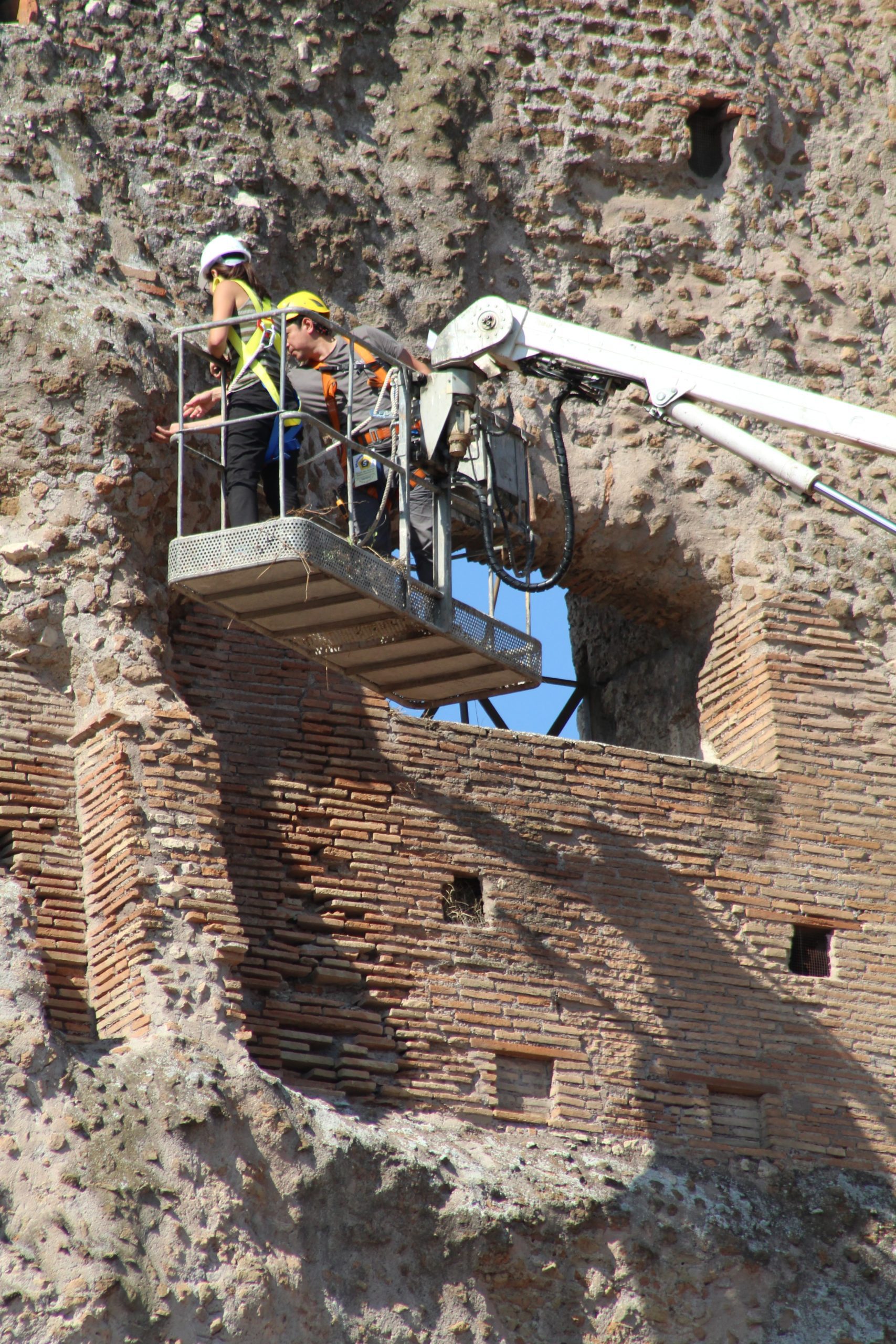Atrium lifts offer workers maneuverability and extra reach on the job site. It is important to choose the right one for the project. However, atrium lifts and boom lifts have distinct advantages for various applications. Providing your workers with the ideal equipment for their job can increase efficiency, optimize their workflow, and enhance safety practices on-site.

What is the Difference Between an Atrium Lift and a Boom Lift?
The right atrium lift for your workers will depend on your project’s specific applications and needs. The terrain, height of the necessary platform size, required task, and other environmental factors are important considerations when deciding between an atrium lift and a boom lift.
Take a look at the differences between the two types of lifts below. You can make a good decision and create a safer, more efficient environment for your operators if you have this foundational knowledge.
Atrium Lifts
Atrium lifts offer a few key benefits:
- Large platform: One of the advantages of the atrium lift is its large platform size. Multiple workers comfortably use the lift simultaneously to adhere to its weight limits.
- Budget-friendly price: If you have a limited budget for your construction project, these are a great way to minimize the money spent since they are more cost-effective than boom lifts.
It would be best if you also consider its limitations, depending on your project:
- Height: Compared to boom lifts, these lifts have significantly less reach. They can only lift workers 20 to 50 feet into the air.
- Maneuverability: Atrium lifts have limited maneuverability because they can only move up and down, not side to side. If your job site has obstacles that workers must avoid in the air, a different lift may be a better choice.
Boom Lifts
Boom lifts offer their advantages. They are classified into two types which are articulating and telescopic. Consider the following characteristics:
- Exceptional maneuverability: A hydraulic arm on an articulating boom lift can bend. As a result, these lifts can maneuver easily around obstacles.
- Maximum height: Some boom lifts can reach up to 130 feet, allowing your team to complete tasks at great heights.
The following are some of the potential disadvantages of a boom lift:
- Smaller platform size: Boom lifts have a smaller platform size than atrium lifts. They can usually hold one worker at a time and have fewer materials.
- Increased expense: The hydraulic arm makes articulating boom lifts more expensive than other aerial lift options. Renting or purchasing a boom lift will require a larger budget for your project.
Should I Rent an Atrium Lift or Boom Lift?
There are key differences between atrium lifts and boom lifts. Each of them has different applications that correspond to their skills. When deciding which lift to rent, it is important to consider the following factors:
- Overall project budget.
- Required movement of your workers.
- The terrain of your job site.
- The number of workers present.
A telescopic or articulating boom lift would benefit your work site for enhanced elevation applications. That means an articulating boom lift will also check if your workers need more maneuverability to complete their goal.
Moreover, if your project needs multiple workers to be lifted simultaneously, you’ll need to rent an atrium lift due to its large platform. The large platform, these lifts are ideal for projects that require a large number of tools. Atrium lifts are best for jobs where workers only need to move straight up and down, such as repairs, cleaning, and siding installation.
Our team can assist you through every step of the rental or buying process to feel certain, knowing that you made the right choice.

